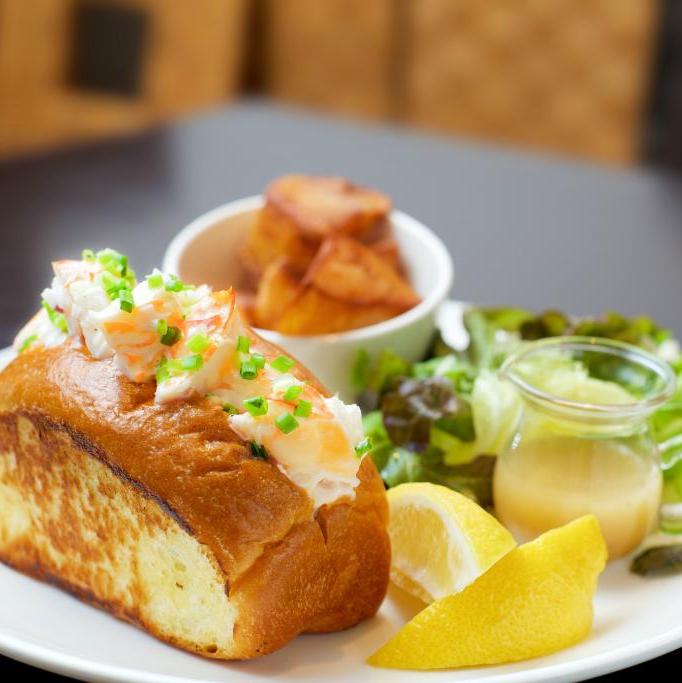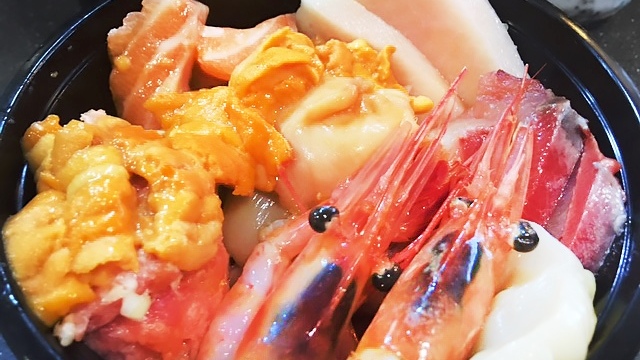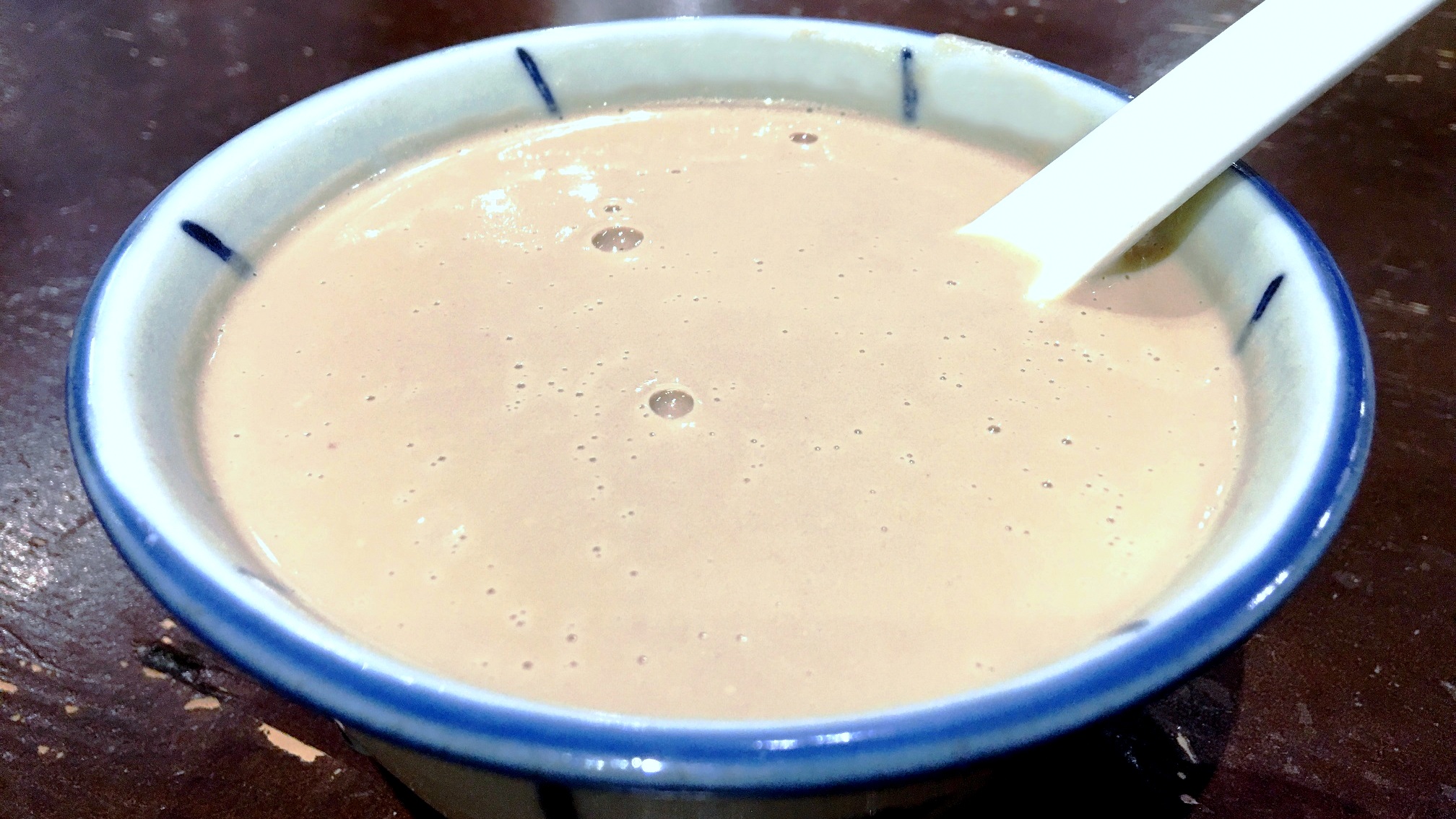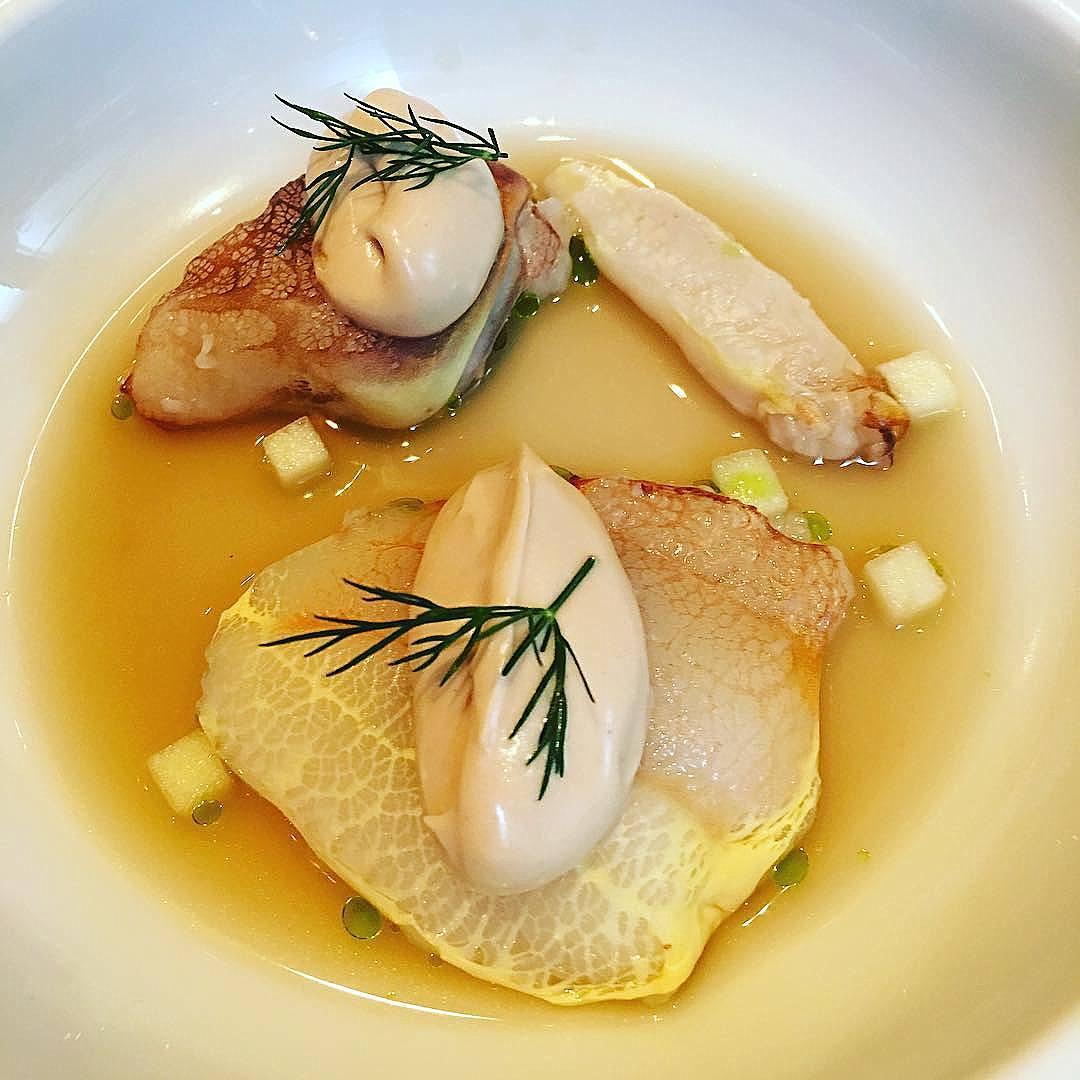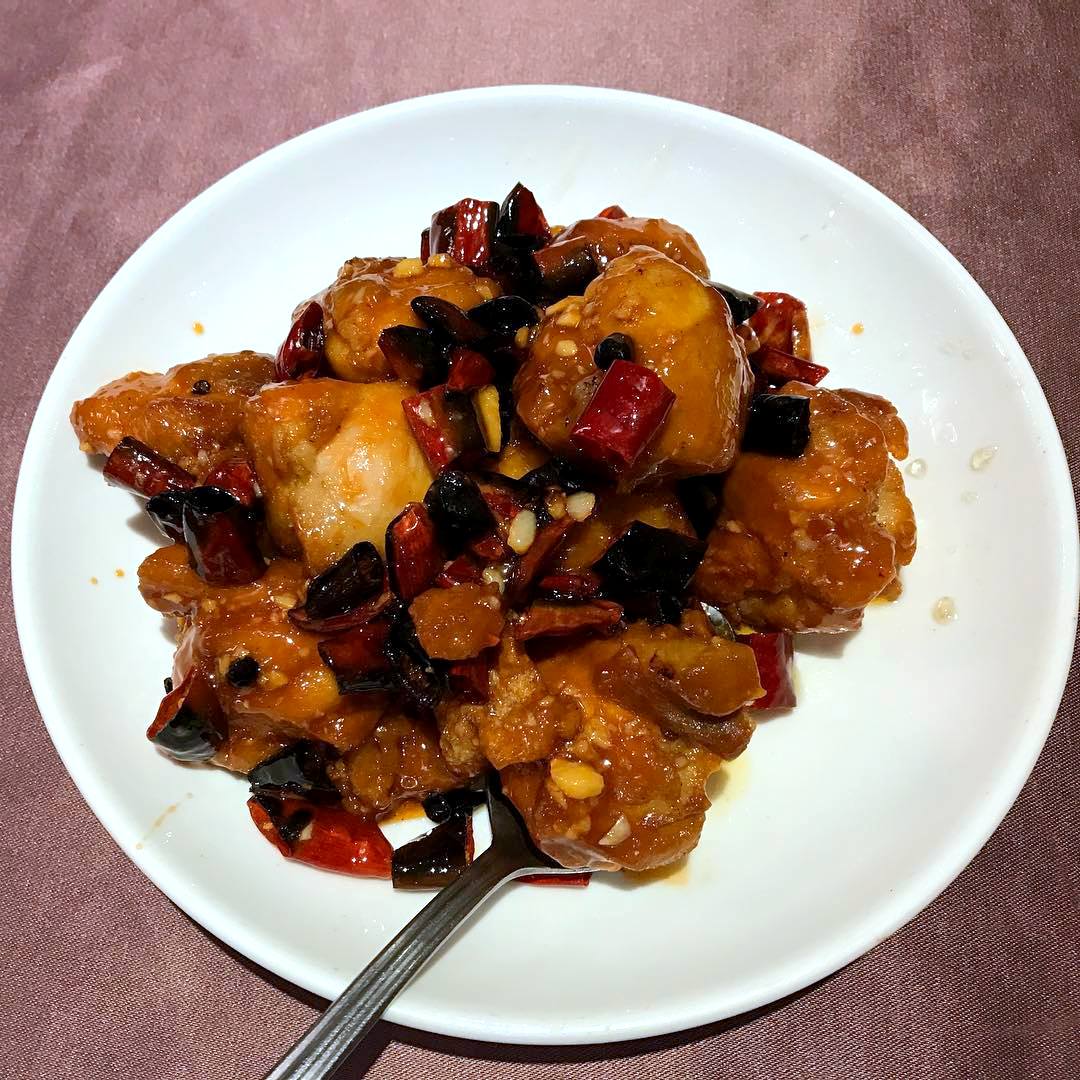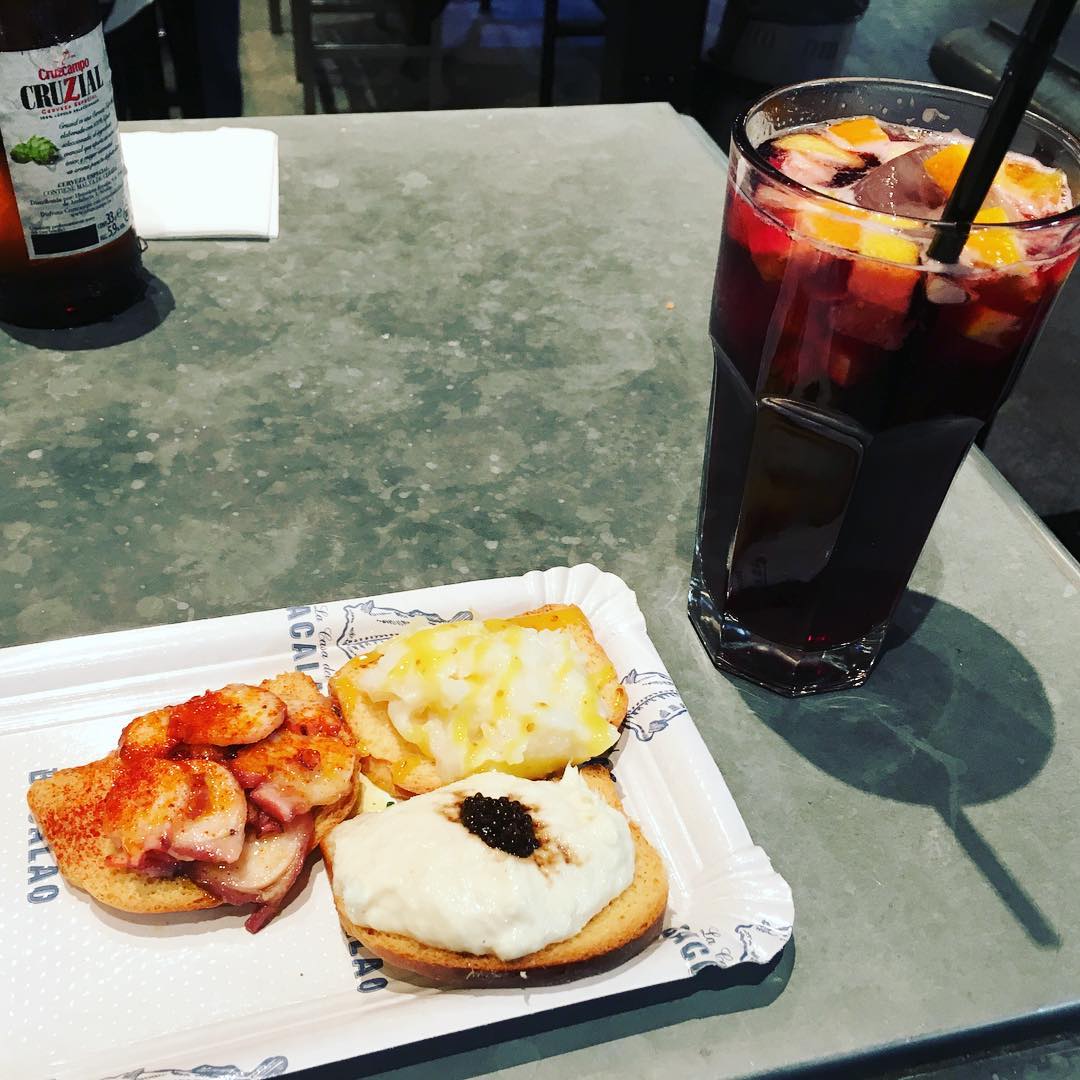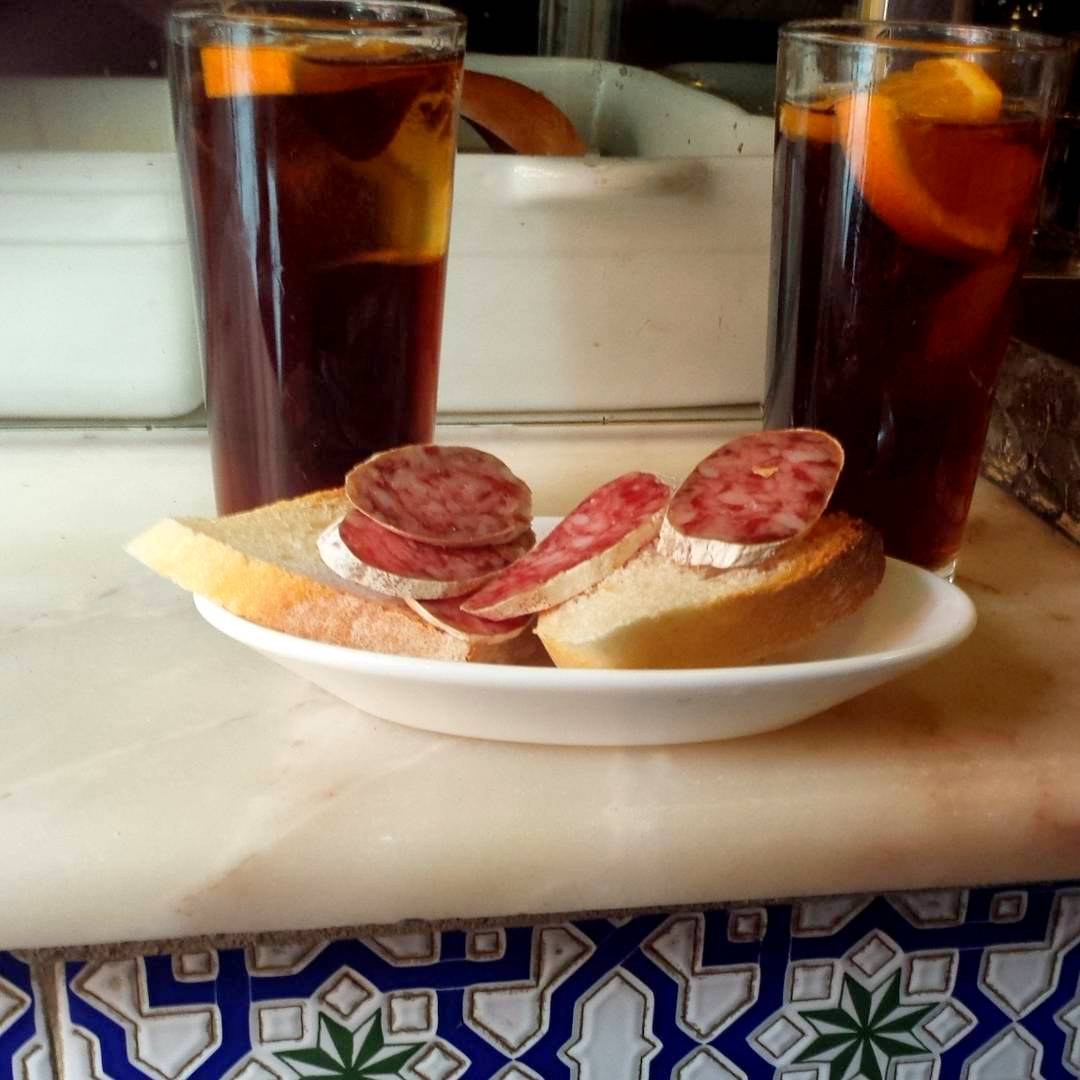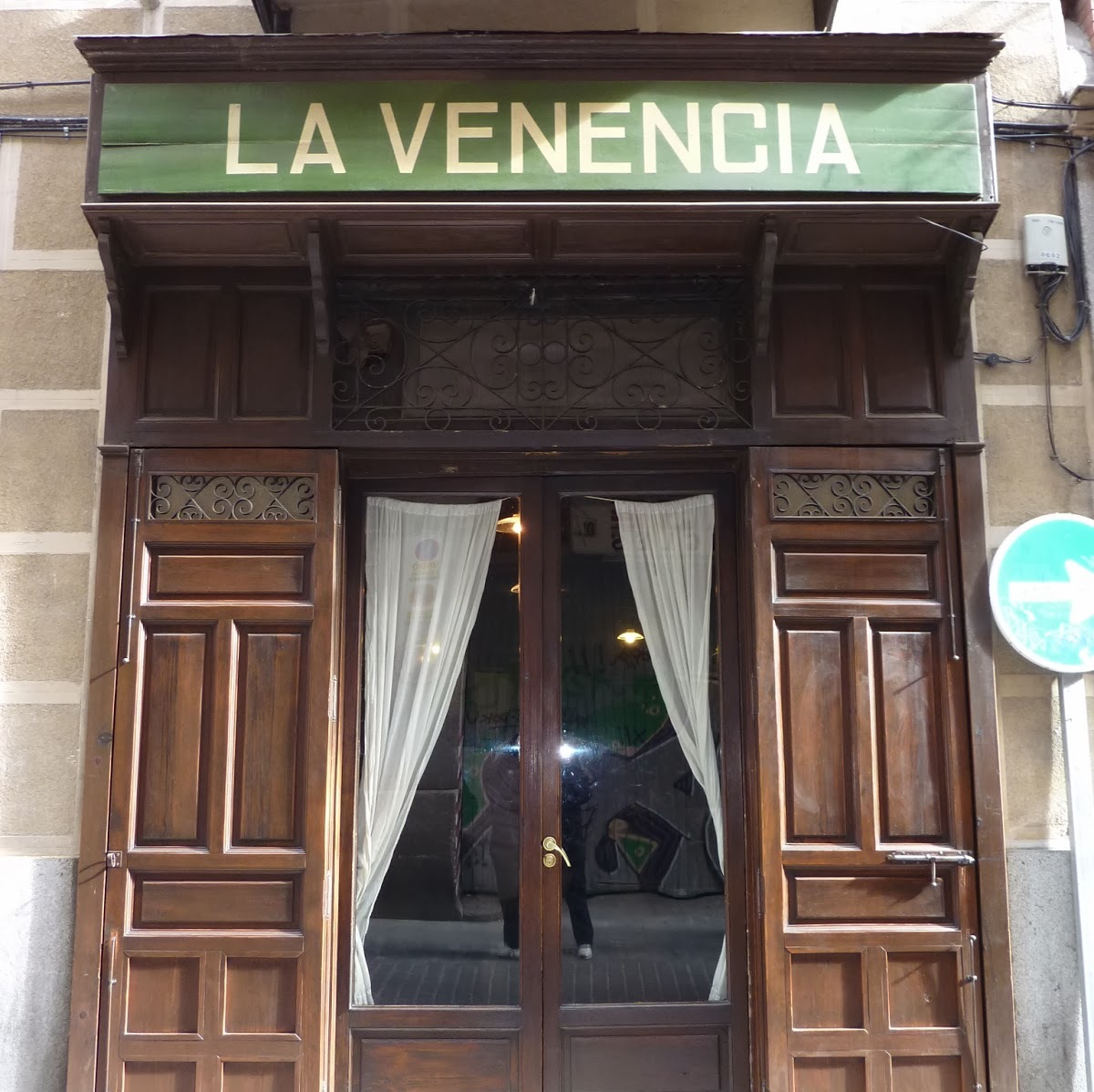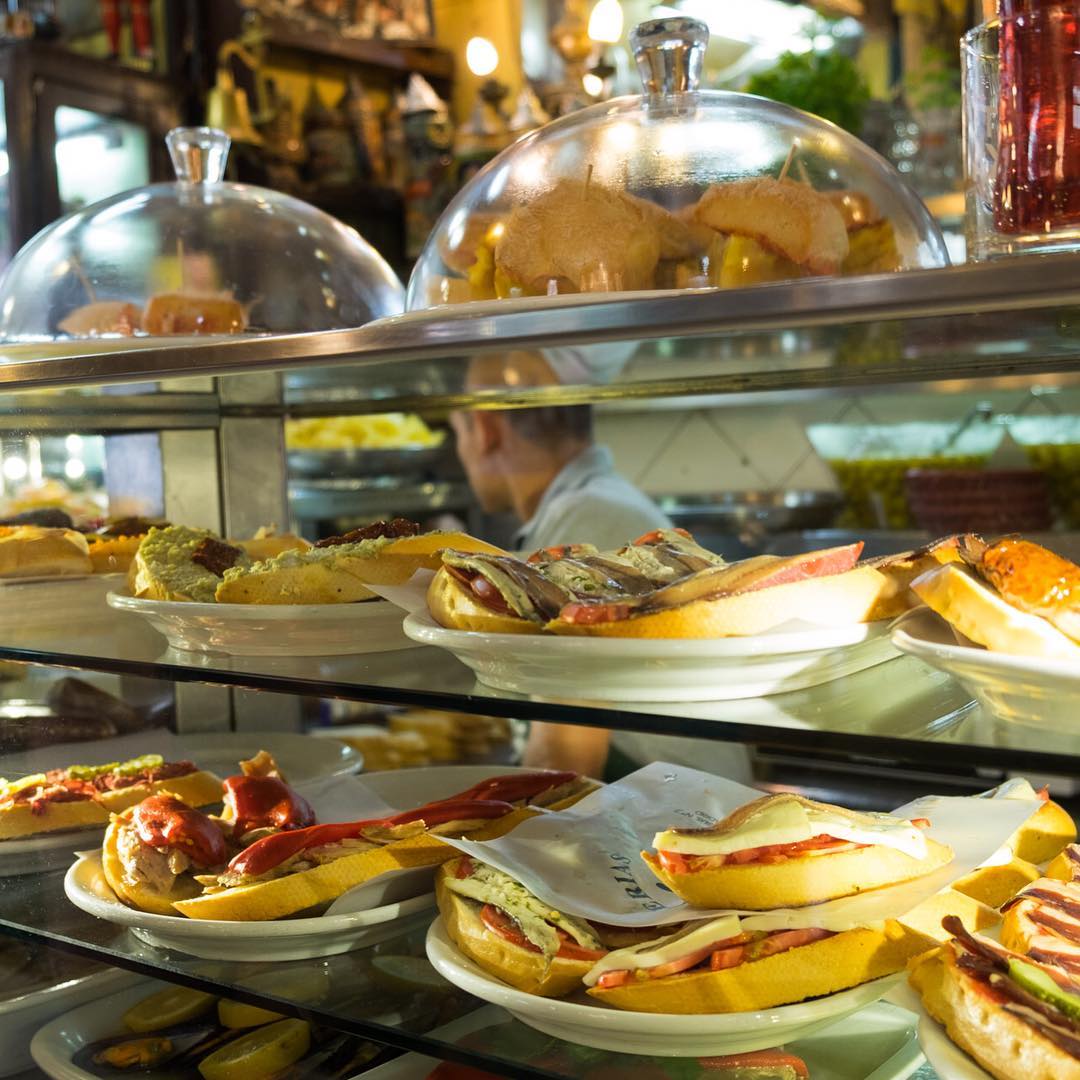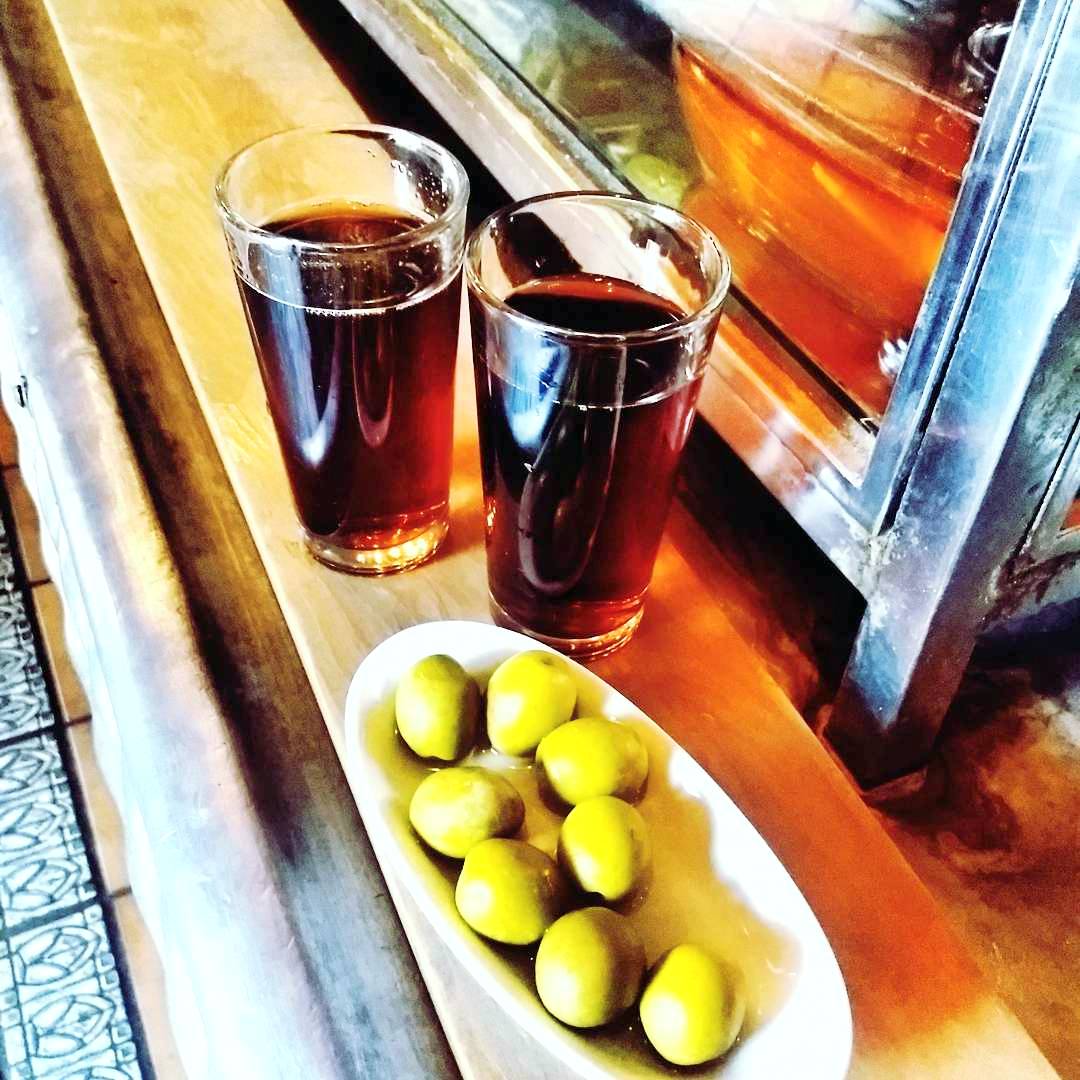It's not often you see a café take off, but this Taiwanese coffee bar certainly has. It even has two branches in Hong Kong. It’s no surprise it’s popular. Not only do they provide good service, but they have a great choice of beverages and an affordable menu with a modern mix of delicious Japanese and Western dishes. Interestingly, if rather strange for a coffee shop, they don’t serve coffee. Instead, they offer a unique hot fruit tea drink. This is tea brewed with fresh fruit, resulting in a nice balance of fruity sweetness. And here’s a tip on the food front: Don’t opt for the sandwich selection, but go for the lobster roll, a warm toasted brioche stuffed with chunks of lobster meat, before finishing with cakes or a warm waffle. Delish! Pro tip: They don't accept credit cards. So take cash.
Fancy a high-quality sashimi lunch at an affordable price? Not only does this place source fish from Japan, it has a unique lunch menu that allows diners to customize their own Chirashizushi ("scattered sushi"), which is a bowl of sushi rice topped with a variety of raw fish. To do this, they provide you with a long list of available fish, and you simply indicate the kind you want along with the number of pieces. Your bowl of Chirashizushi is then freshly prepared by the chef. As it’s a very small shop, seating just 7 people, making a reservation is a must.
Here’s something new from Michelin – a section in the Guide that they’ve called "Recommended Street Food." There’s quite a few places on the list, but one that stands out is a dessert shop that specializes in Tong Sui (which literally translates as sugar water), a soup or custard dessert that is served at the end of a traditional Cantonese meal. Types of popular Tong Sui include red bean, mung bean, black sesame, almond and walnut, to name just to name a few, while some dishes include egg, sago, rice ball, dried bean curd and even papaya! Here’s a quick word to the wise: Unless you’re a particularly ardent ginger fan, don't go for the ginger-based Tong Sui, as this place has a reputation for treating its customers to tongue-incinerating doses of the spice!
The first restaurant from former solicitor and food blogger Mikael Jonsson owes its Michelin star to its modern European cuisine with impeccable seasonality. Jonsson’s extensive knowledge and sourcing of the finest ingredients also earned its place at No. 60 on the World’s 50 Best Restaurants. The surprise menu evolves as the ingredients arrive, and no two days are the same. Amid open brickwork, painted ceilings and wooden floors at this laid-back eatery on a suburban high street, guests dine on such creations as savory petits fours of Morello jelly on a Parmesan wafer; smoked haddock tart and foie gras in a sourdough crisp; seaweed on savory custard; asparagus with crispy duck egg yolk, egg white mayonnaise and morels; Cumbrian salt marsh lamb; herb sorbet with a hint of chutney; and a layered chocolate dessert with powdered raspberry crust. Booking are essential.
Chef Peng Chang-kuei is best known as the inventor of General Tso’s Chicken, sizzling hot in temperature and flavor. A well-known and talented chef, Peng orchestrated and supervised the grand banquets of the Chinese Nationalist government from the end of World War II until they were toppled by Mao Zedong’s Communists in 1949. Peng fled the country and found refuge in Taiwan alongside the Nationalist leadership. He created the dish in 1952 in Taiwan while he was entertaining U.S. Seventh Fleet Commander Admiral Arthur W. Radford. He had already served most of his signature dishes and wanted to cook something new, so he fried chicken thigh chunks and added seasonings to create a sticky-sweet sauce. The dish is named after General Tso, a well-known general from Peng’s hometown in Hunan Province who helped quell the Taiping Rebellion. Uneasy at Taiwan’s ongoing tensions with mainland China, Peng brought the recipe with him when he emigrated from Taiwan to New York City in 1973. He opened a restaurant on 44th Street, between Second and Third avenues. Owing to the restaurant’s proximity to the U.N. headquarters, Taiwanese diplomats often hosted events there. The dish gained notoriety after the release of the popular 2014 documentary, “The Search for General Tso.” Peng’s original recipe has less batter and is less sweet and crunchy than American versions, but more oily, salty, tart and spicy.
Built in 1916, this beautiful gourmet market near La Latina is famous for its soaring wood-and-iron roof and early 20th-century glass walls. Private investors purchased the market in 2003, and after a six-year renovation, reopened it with granite floors in 2009. Within walking distance from Plaza Mayor, the market features more than 30 vendors and tapas bars that sell a wide variety of freshly prepared tapas, hams, olives, baked goods and other foods. Look for gambas al ajillo (garlic prawns) and banderillas (small skewers of olives, cucumbers, peppers and pickled onions).Beer, wine and champagne are also available. To offset Madrid’s sweltering heat, the air is infused with water droplets; every few minutes shoppers are bathed in a blast of micro-rain.
One of the oldest bars in Madrid, this tiny, old-fashioned standing-room-only tapas joint opened in 1910. Near the Plaza Major in the old quarter of La Latina, the bar is rich in colorful tiles, wrought iron pillars, bottles, wineskins and faded photographs of the city. Bodegas Ricla draws fans with its boquerones en vinagre: fresh anchovy fillets marinated in vinegar and seasoned with garlic and parsley. Inexpensive but good wine and sherry are available by the liter, poured from tall clay urns, and vermouth is on tap. Also try the “cecina” (thin slices of cured venison); cabrales cheese in cider; and meatballs in sauce.
Smoking in Spanish bars is verboten, but this old-world sanctuary to sherry and manzanilla remains discolored by tobacco and time. Five Sherries come by the glass, half-bottle or full bottle, and bottles are refilled from barrels stacked behind the bar. Order a tapa of mojama (salt-cured tuna) and maybe a little cecina (the beef equivalent of jamón) to accompany. The bar is frequented by locals and the owners keep the tourists in check by enforcing a no-photo policy, along with no spitting on the floor and absolutely no tipping. Conversation note: Hemingway used to drink here.
With their reputation for staying out all night, the people of Madrid are popularly known as “los gatos” (the cats), and there's nowhere better than this quirky, old-school Spanish bar round the corner from El Prado in Huertas to begin a night prowling the streets. The bar is hung with strange but amazing decor and all manner of paraphernalia, from gramophones to choirboy mannequins. Bull fighting paraphernalia fights for space with classical and pop art treasures. But what really counts is you can get a selection of tasty canapés, olives, jamón and a good frothy beer.
This historic taberna has hardly changed since it opened in 1917 on the vibrant Plaza de Chueca. It is famous for its spectacular frescos of wine gods and cherubs, tiled walls and zinc bar top with embedded sink. Antique casks and taps, wooden shelves and old dusty bottles decorate the cellar. Beer and vermouth flow freely on tap, and the crowd can get lively on weekend evenings when it spills over onto the main plaza. Known more for its drinks, the tapas menu includes razor fish, deer stew and canapés with cream cheese and anchovies.


